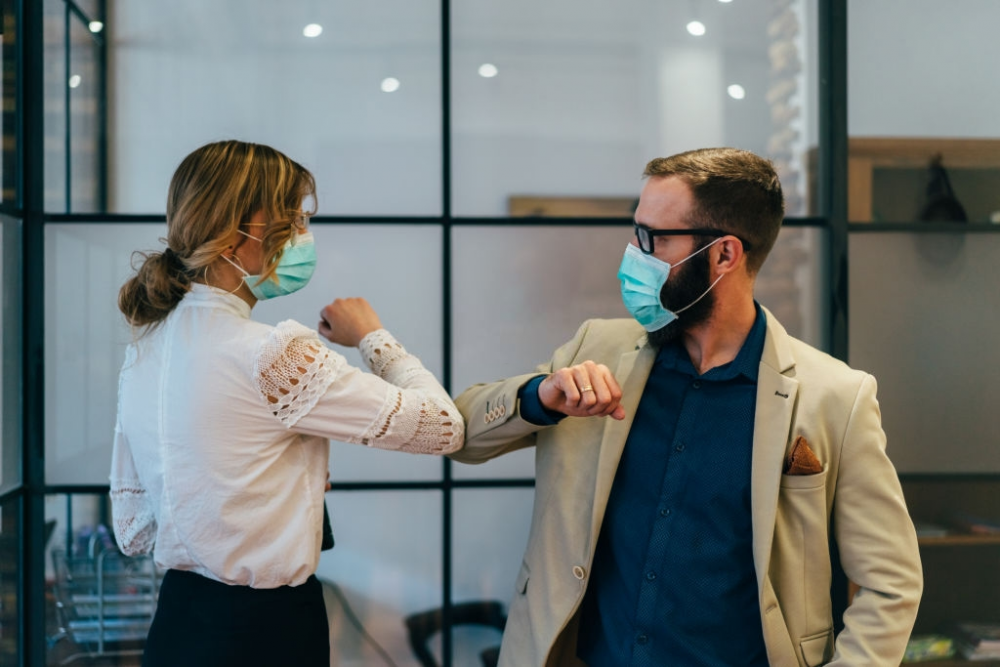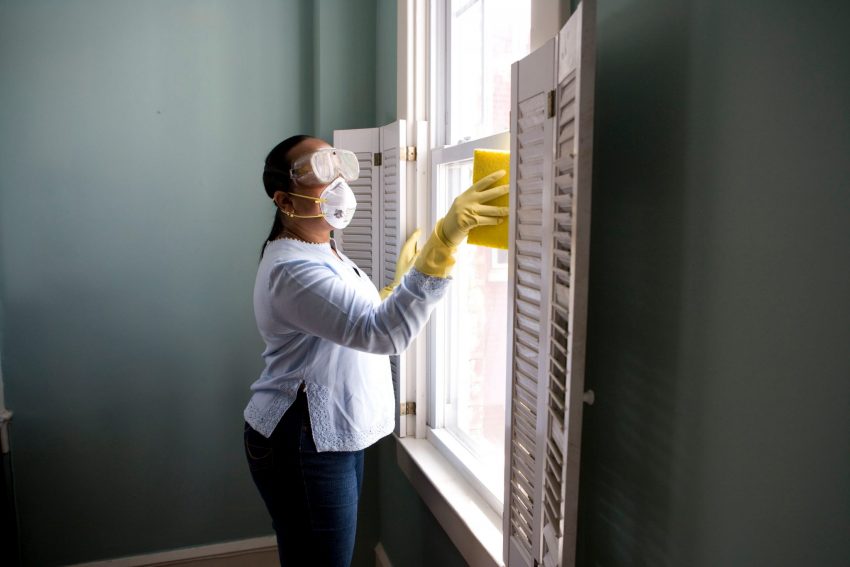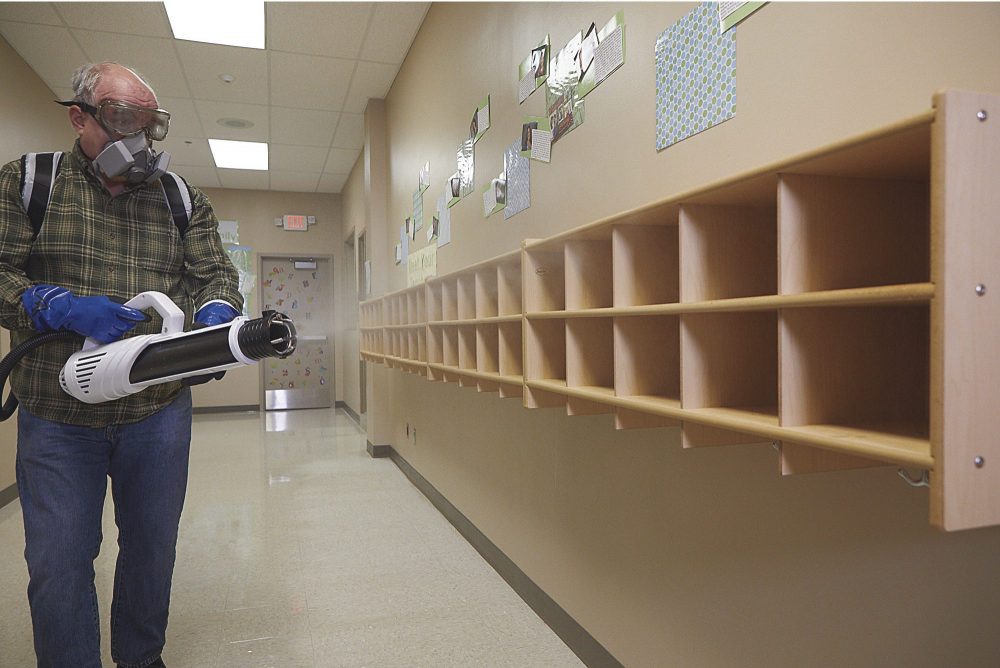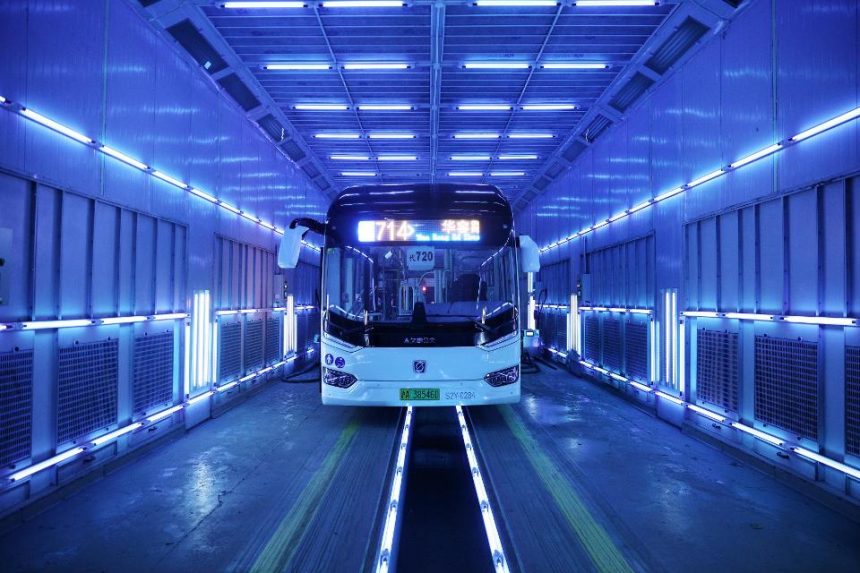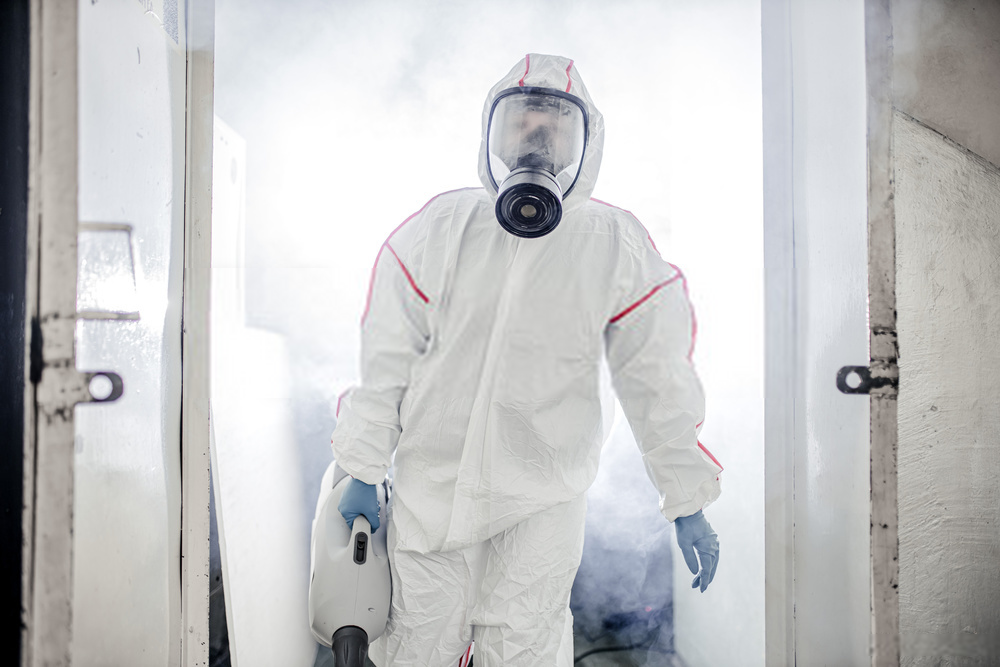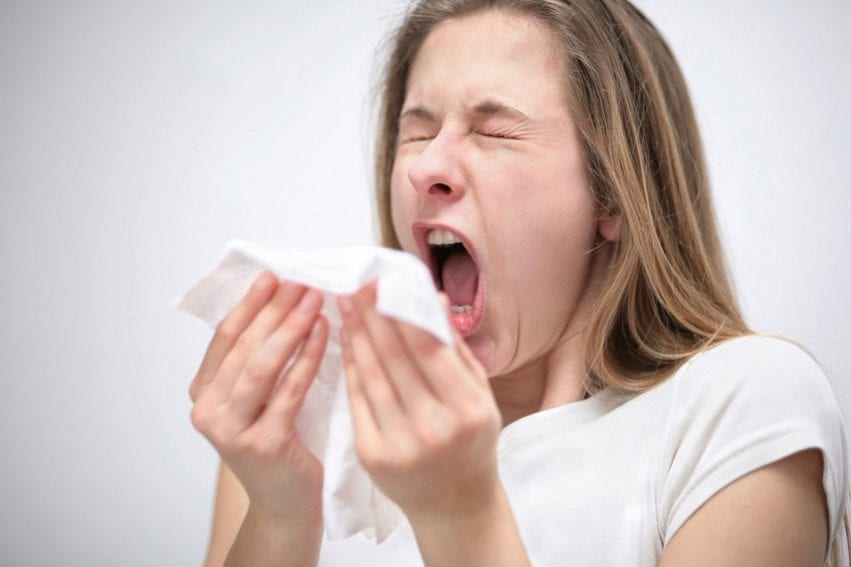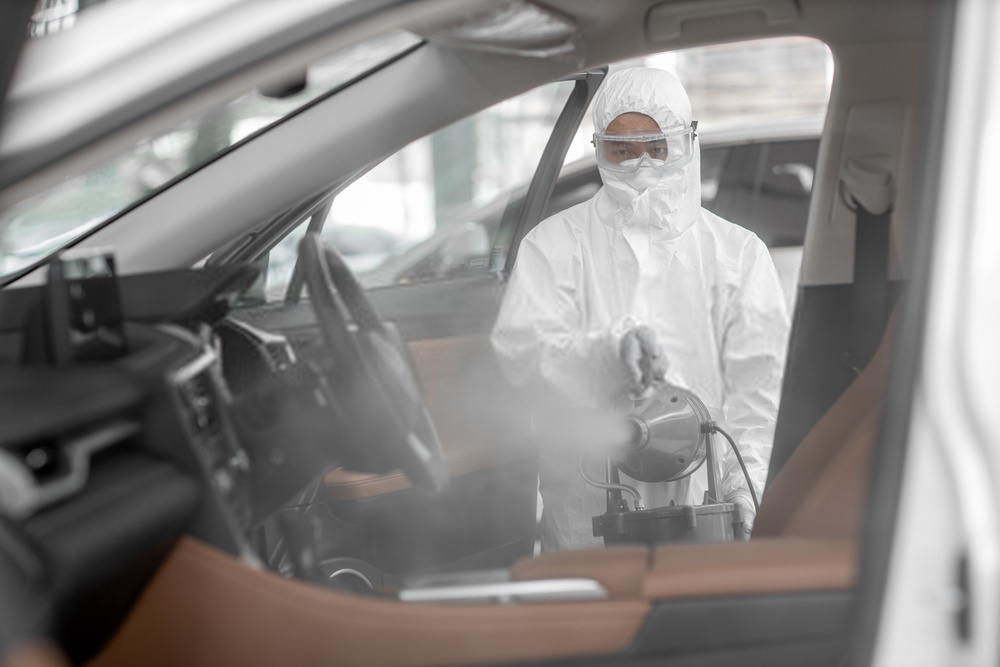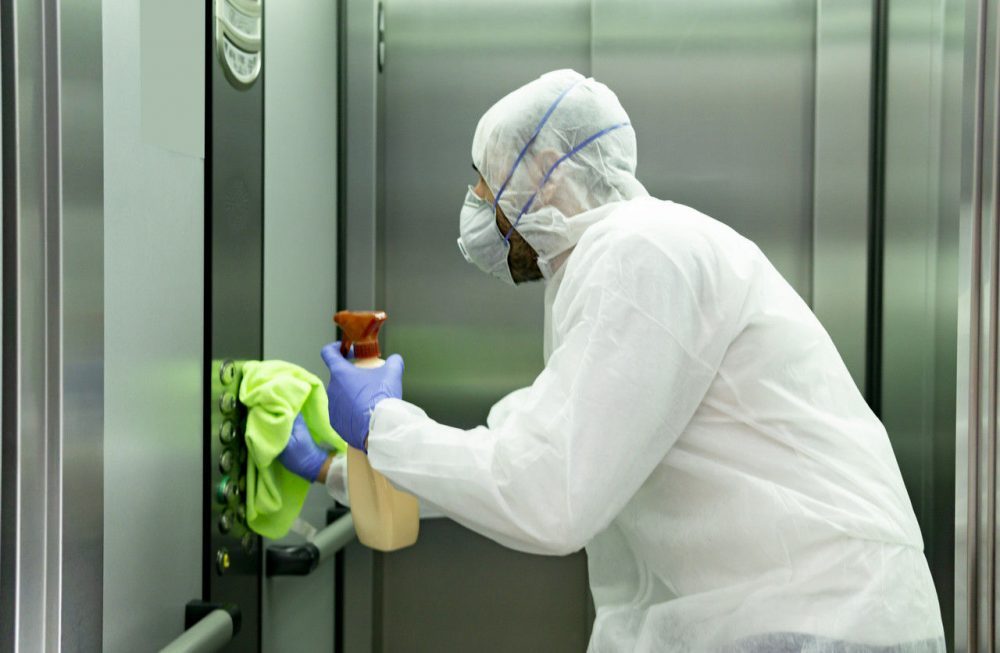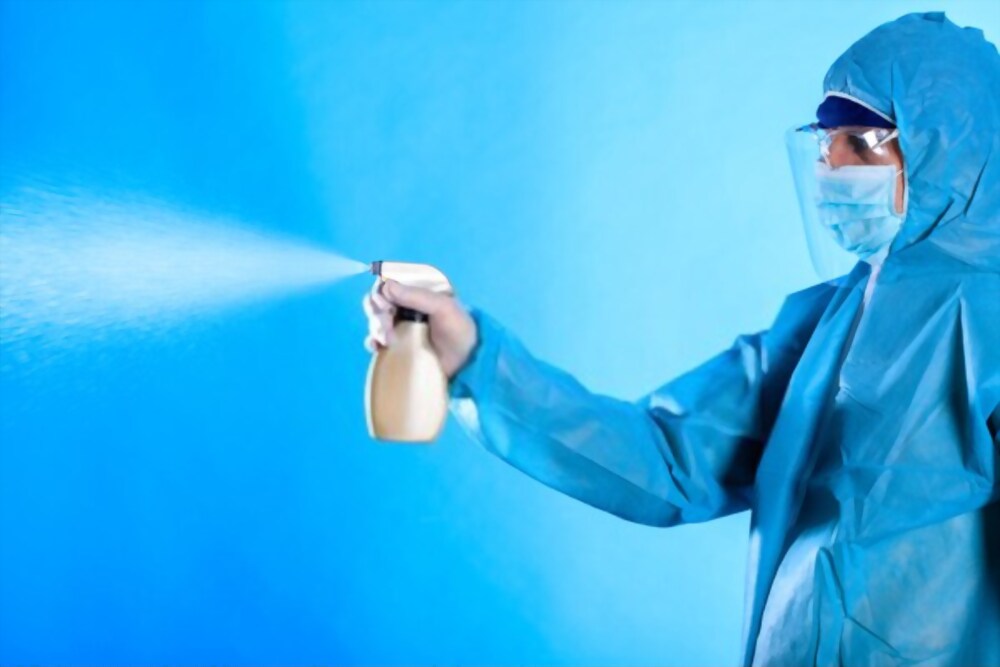If you’re looking for professional disinfection and sanitization services for your home or business, it’s easy to become overwhelmed by all the different options available. At Pro Housekeepers, we know a thing or two about effective cleaning, and we’re here to demystify the industrial and commercial disinfection market and help you decide which disinfection choice is best for your business.
Decontamination vs disinfection
Decontamination and disinfection are two terms that are frequently used in the same context, but they do have slightly different meanings which in some settings, such as in labs or other sterile environments, can have significant consequences.
Decontamination refers to the process of making all materials in an area safe for use by reducing microbial contaminants. When a space such as a hospital room or veterinary clinic is decontaminated, the next user can enter without risk of infection.
Disinfection involves removing almost all pathogenic organisms from surfaces, typically with chemical solutions. Disinfection is a method of decontamination, but there are others, such as sterilization (eradicating all microorganisms and viruses, usually with heat or gas) and antisepsis (applying antimicrobial solutions to the skin or living tissue).
In this post, we’ll review the most common types of disinfection, from residential disinfection services to industrial foggers and UVC lights. Finding the right kind of disinfection method will depend on several factors, including the underlying need for disinfection, the microbial contaminants to be removed, and the surface materials involved.
